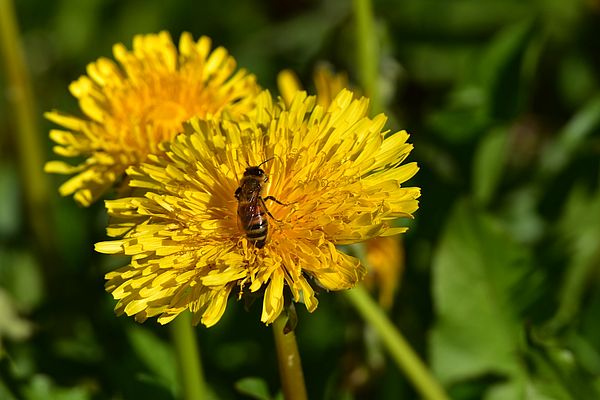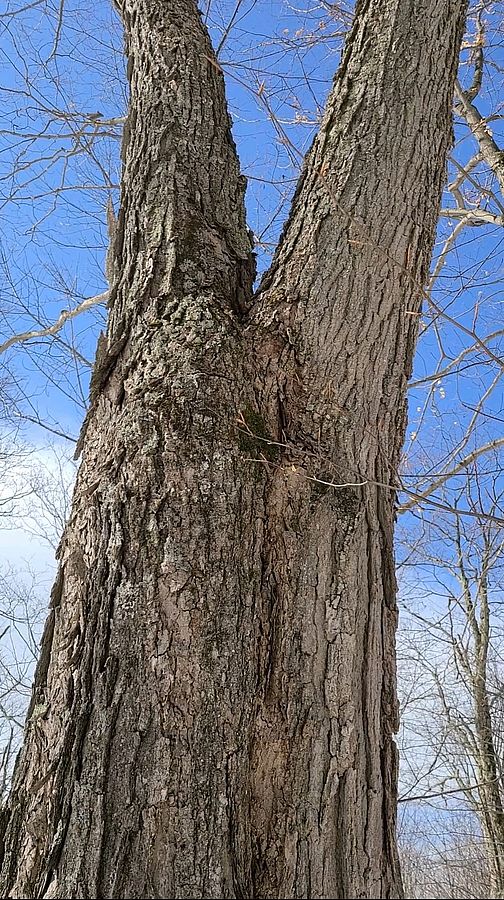T- shirt and snowshoes - we have those kind of days here in Northern Vermont. It was mid-March, this past spring. Bluebird skies and 50 degree weather felt like a heat wave after freezing and below-zero temperatures. But with all the snow in the woods, snowshoes were still my modus operandi for travel. I was busy checking lines this spring and found the sweetest tree - a maple honey tree! I have several bee hives so I was able to recognize a bee cleansing flight which enabled me to locate a wild honeybee colony.
What do I mean by “checking lines,” you ask? After we have tapped all our maple trees in the late winter we wait for the sap to run. When the sap begins running we turn our vacuum pump on to draw the sap to the sugarhouse. The less air leaks you have the better the vacuum system works. That means you have to re-walk all of your sap lines looking for missed taps, broken connections and or holes in the tubing.
I had missed a whole line of taps (easy to do no matter how careful you try to be) and as I was tapping a huge old maple I noticed I had bees buzzing around me. Now I could smell honey -- I was on high alert for a sweet prize. I stepped back a little from the tree - lots of bees flying around - you could see a large yellow splatter pattern ring around the tree. They were performing a cleansing flight. A cleansing flight is the bees chance to use the bathroom and clean out their after the long winter.
I stepped back away from the maple and watched the bees’ flight patterns. Pretty soon I found where they were coming and going at the V in the limbs. As I watched I recalled one of my first hives. The hive had looked great and then, only a week later, the bees had packed their suitcases and gone! Every drop of honey was gone from my hive. This “maple honey tree” was only about a half mile away as the crow or bee flies. Standing there looking up at the tree, I thought, “I’ve found my bees.” I chuckled a little. Oh well easy come easy go. At least they seemed to be thriving and I could check on them from time to time!
This year I was able to tap the maple - there's still plenty of good wood that will produce sap although parts of it are hollow. I will continue to monitor the tree as years go by. Eventually I'll stop tapping it, but I won't cut the tree as long as it's home to this colony of "wild” honeybees.
If you're interested in learning more about wild bees try Thomas D. Seeley’s The Lives of Bees: The Untold Story of the Honey Bee in the Wild. His brother, a member of Cold Hollow to Canada’s Woodlots Program, is helping to monitor the colony for him and we look forward to following their lives in the years to come.

